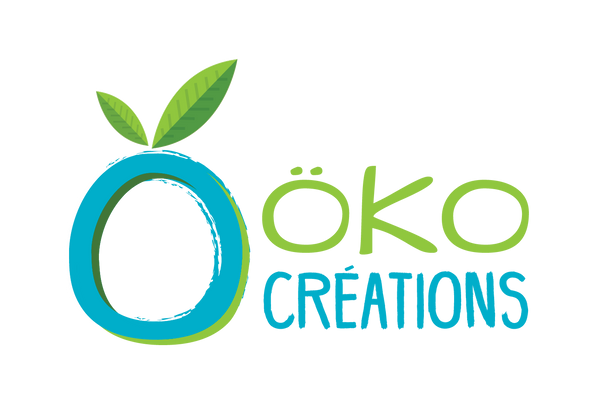FAQ
Öko-Pads
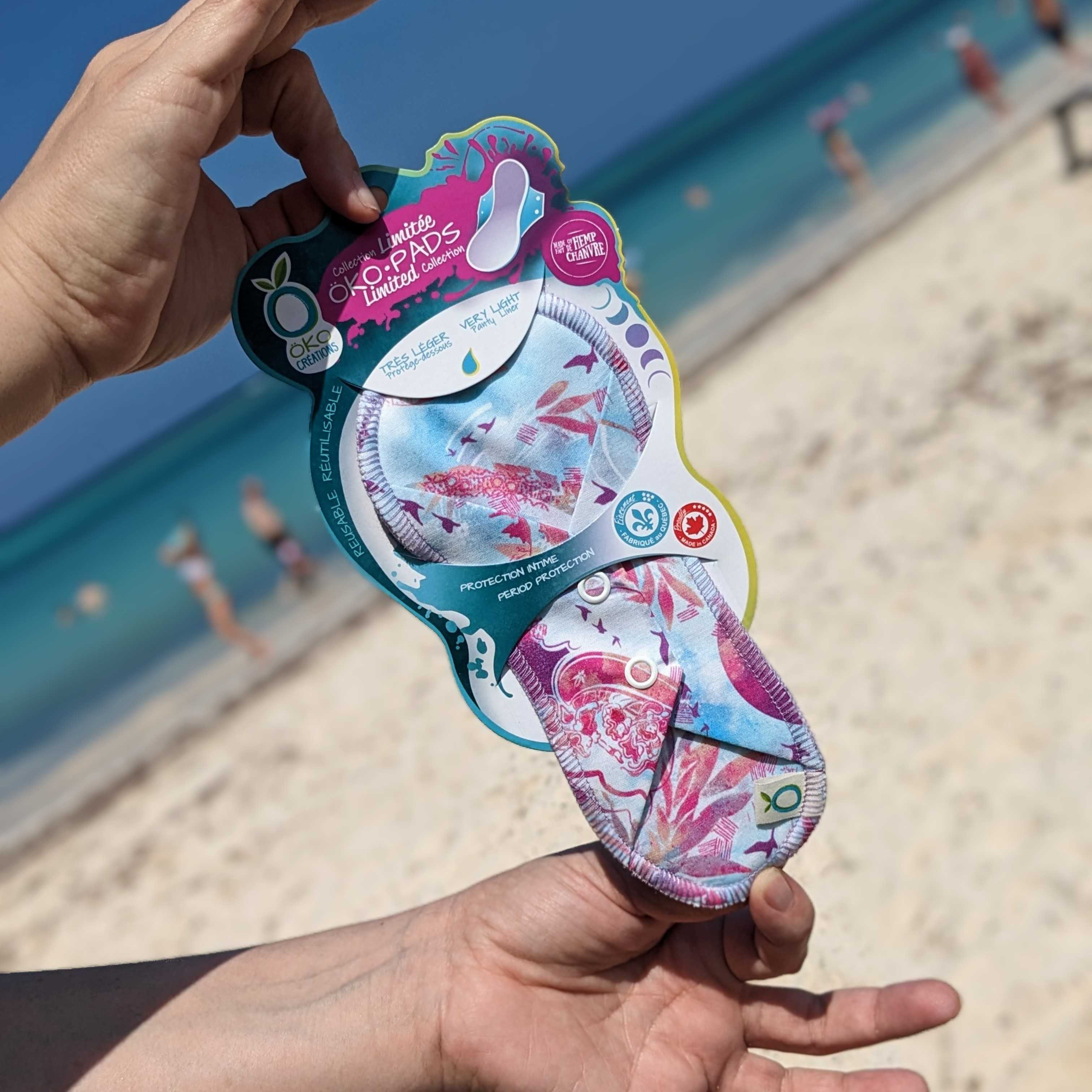
Q. Which fabric choice is right for me: dyed or undyed Öko-Pads?
A. You can now choose between two types of fabric in
contact with the skin:
- Undyed (natural)
is the best choice if you are prone to irritation or allergies.
- Dyed (purple)
is the perfect fabric to hide or reduce stains.
Q. The purple fabric on my pad is discoloured. Is this normal?
A. For our dyed Öko-Pads, some discolouration from
vaginal discharge is possible. This is a normal occurrence due to the naturally
acidic pH of vaginal discharge.
Q. What's the best way to take care of my Öko-pads?
A. There are many ways to care for Öko-pads. You can consult our Care Guide. Many tips and techniques are described, from managing soiled pads to wash day! Proper care will extend the life of your pads and maximize their effectiveness.
Q. My pads are stained, what can I do?
A. Sodium percarbonate is very effective against stains. You can consult our Care Guide to find out more. Be aware that heat can set stains. We recommend washing in cold or lukewarm water and air-drying. If you use the dryer, we suggest you check for stains before putting your protectors in. You can also opt for Öko-Pads, which are now available in a tinted version, ideal for reducing the appearance of stains.
Otherwise, even if stains remain, the product is still effective. It's just less aesthetic.
Q. Do I have to wash my Öko-pads during my cycle?
A. You don't have to do laundry during your period. Just make sure you have enough Öko-pads for your entire cycle. If you want to do laundry, our Öko-pads go in the dryer, so you don't have to worry about whether they'll be dry in time.
Q. How can I prevent my pad from moving?
A. The fabric in contact with the underwear is made of cotton, a non-slip material (unlike PUL, which is sometimes used in the manufacture of other brands of reusable pads). If, despite everything, you feel that your pad is moving, we suggest that you wear tight-fitting cotton underwear and avoid those made from slippery materials (satin, nylon, etc.) with your Öko-pads.
Tip: you can even wear a second pair of underwear over your first; ideal for night-time wear.
Q. I'm experiencing leaks with my Öko-pads, what should I do?
A. It's quite rare to have leaks with Öko-pads. But if you do, here are a few tips;
- Prepare your Öko-pads; wash them before use. They become more absorbent the more you wash them.
- Choose the right level of absorption for your flow.
- Make sure you change pads when necessary.
- Make sure your pad is properly positioned and wear underwear that keeps it in place.
- Notice if your flow is more liquid than usual and if this seems to be the cause of the leakage.
- Finally, the use of interlabial petals could be useful to prevent leaks, especially if your flow is abundant.
Q. Does it give smell?
A. Menstruation doesn't smell; rather, it's bacterial proliferation that's responsible. The use of Öko-pads can help with odor management; one of hemp's many properties is that it is antibacterial.
Q. What do I do with my Öko-pads if I'm not at home?
A. We have 2 types of pouch for carrying the protections:
- The Individual Pouch: a small, discreet pouch with a label that reads: To be washed! The idea is to make it stand out when you put your used pad in it, and to leave it inside if the pad is clean. An ingenious system that lets you differentiate between used and clean pads at a glance. Super practical!
- The Duo Pouch: designed with 2 waterproof inner sections for hygienically carrying clean or soiled Öko-pads separately. Large enough to carry several pads at a time (or even a spare pair of underwear, just in case!).
Make sure you take clean pads with you in the pouch you've chosen. Once you're home, all you have to do is take out the used Öko-pads and care for them according to the method you've chosen.
Q. How many pads do I need for my cycle?
A. Determining how many pads we need may seem complex.
Here are the things to consider: your menstrual flow (light, regular, heavy), the number of pad changes per day, and whether you prefer to do laundry during your cycle.
For example, if you usually use 3 disposable pads a day and 1 at night, and don't want to wash during your cycle, you might need 6 regular pads (regular flow), 6 liners (moderate flow), 2 minis (light flow) and 4 longs (heavy flow or night) for a full cycle.
You can also start with a few washable pads and adjust your kit later to suit your needs.
Q. What is the most environmentally friendly way to dispose of my Öko-Pads at the end of their life?
A. After several years, your Öko-pads may show signs of fatigue. Reuse is eco-friendly: use them to remove nail polish, as a household cloth, or even recycle the pattern for a sewing project. If you can't reuse, here's how to dispose of them:
The only materials that aren't compostable and natural are: the waterproof layer coated on the cotton, the polyester thread and the snaps (the latter are made of brass, a metal that can be recycled at metal recycling centers).
If you wish to compost what is compostable: unstitch the Öko-pads, remove the threads and the waterproof layer and throw them away. Remove the hemp parts and cut into small pieces. Add to your compost.
Polyurethane coating and polyester threads account for around 5% of Öko-pads' composition.
Öko-Capsules
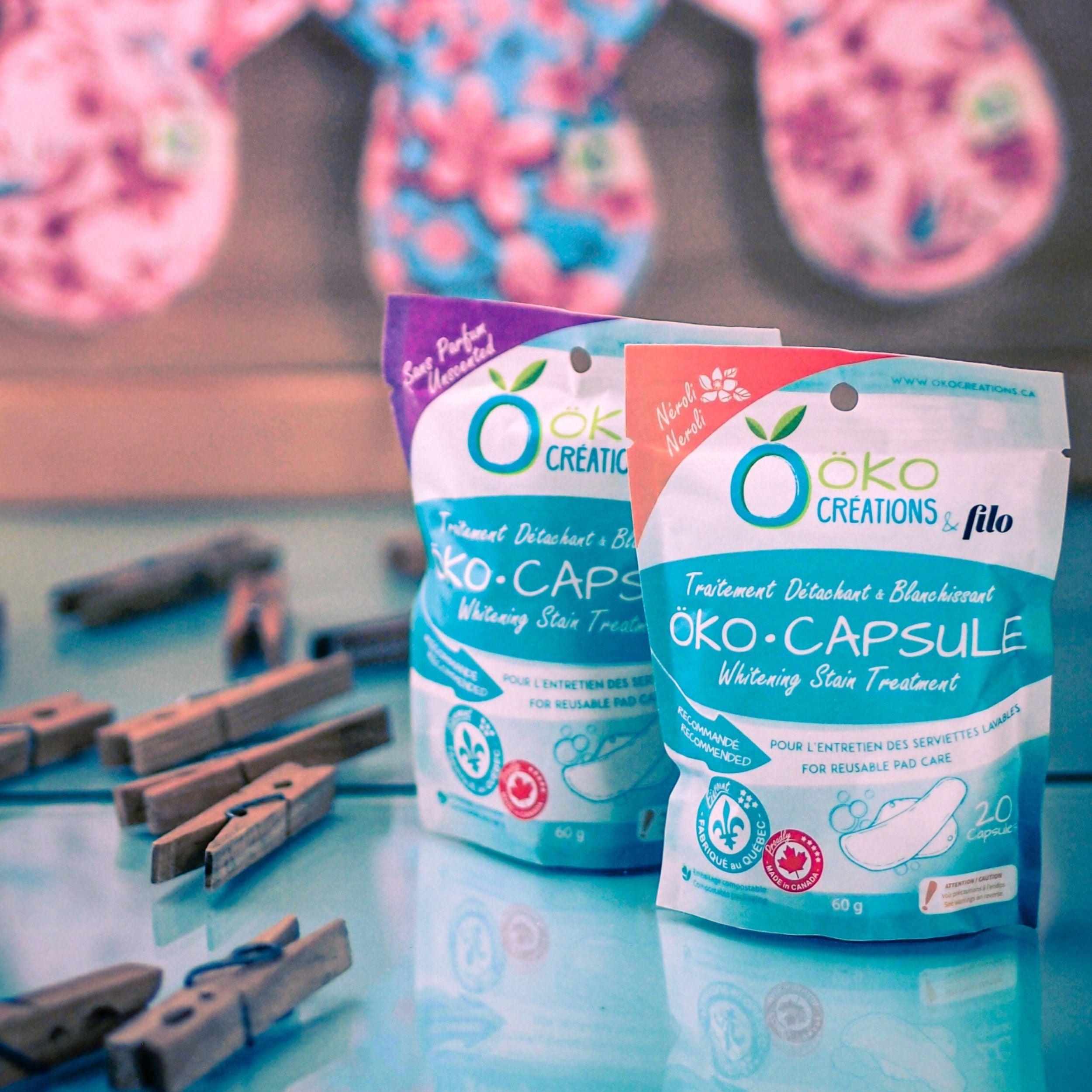
Q. How do I store my Öko-Capsules?
A. Once your sachet has been opened, transfer the capsules to an airtight container. As with all cleaning products, keep in a cool, dry place, ideally away from light, and out of the reach of children and pets. Important - As soon as the capsule comes into contact with water, it activates. It then releases oxygen. It is therefore important to keep them dry. For the same reason, when using Öko-Capsules as a pre-wash treatment, do not close the soaking container.
Q. How to use?
A. We suggest two methods for a stain-removing and whitening treatment, either pre-wash or directly in the washing machine. Find out how in our care guide.
Q. Will Öko-Capsules get rid of stubborn stains on my old pads?
A. Stain-removing treatment helps prevent and reduce stains. Persistent stains can be difficult to remove, especially if the dryer has been used (the heat cooks the stains on the textile fiber). However, we have noticed an effect on the reduction of persistent stains over the course of treatments (they seem to fade slightly). That said, results may vary depending on the type of stain.
Q. Where are Öko-Capsules manufactured?
A. Öko-Capsules are proudly made in Quebec!
Q. What is the difference between treatment with sodium percarbonate and treatment with Öko-Capsules?
A. Essentially, both methods are good and approved by Öko Créations. That said, Öko-Capsules have advantages such as:
- Less handling; pre-measured, ready-to-use capsules, no powder to measure.
- Available in compostable packaging
- Two fragrances available: Unscented and Neroli
Conservation Bag
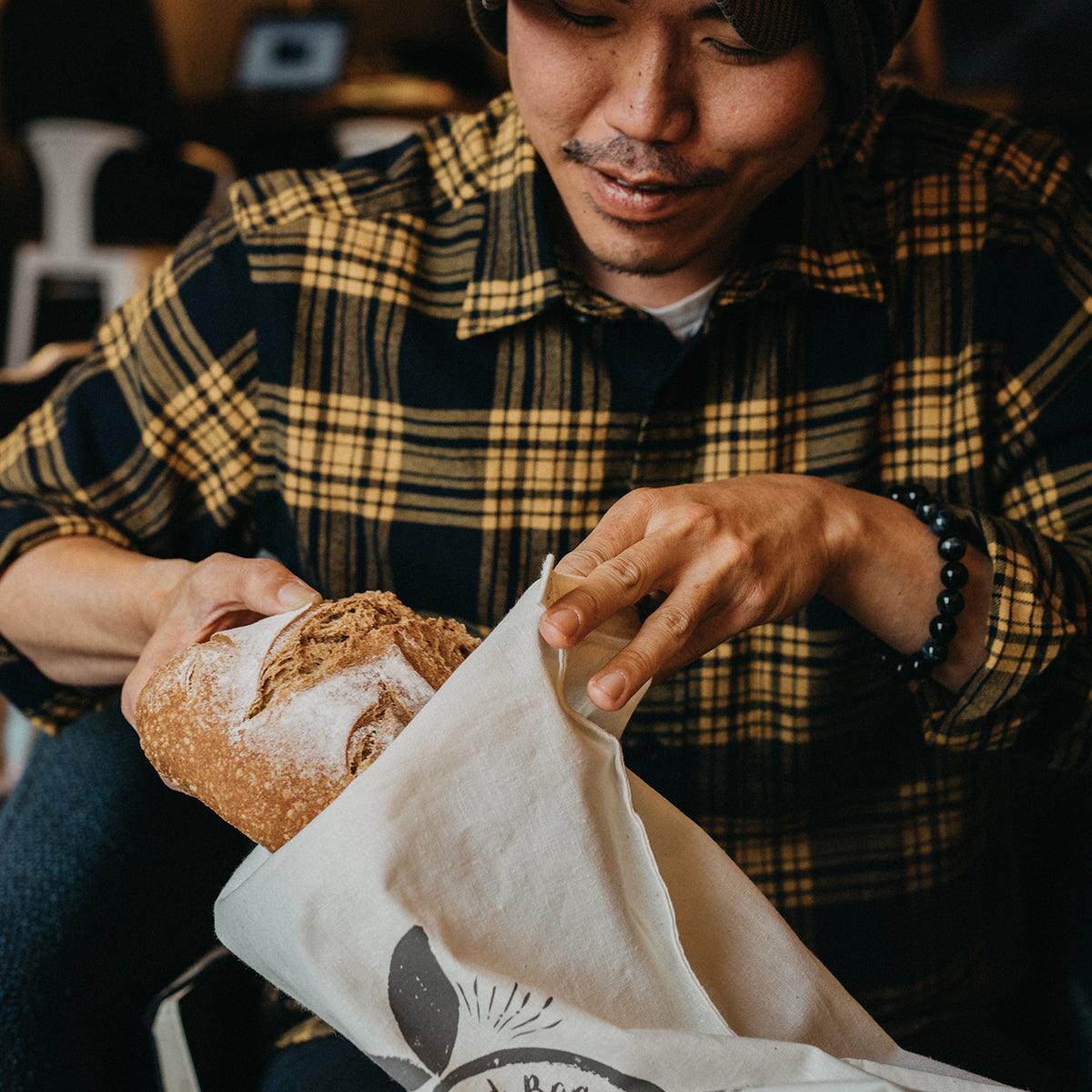
Q. Is lamination on food products safe?
A. We use food-grade polyurethane, so it's safe.
Q. How long can I keep my bread in the bread bags?
A. The bread will stay fresh for at least 5 days (if there's any left by then).
Q. Can I freeze my bread in the bread bags?
A. Although the bag is not designed for this purpose, you can use it in the freezer. However, as the bag is not 100% watertight, we don't recommend freezing food for longer than 1-2 weeks.
Orders and Shipping
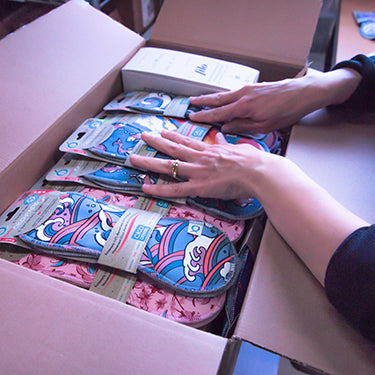
Q. I've just placed an order, but I'd like to add an item to it. Can I do that?
A. Quickly write to us to make sure the order hasn't already gone out.
Q. How long does it take to receive my order?
A. We understand that you can't wait to receive your order! When your order is shipped, you'll receive an e-mail with the tracking number.
From the moment you place your order, you can calculate :
- Workshop processing time: 2 to 6 working days.
- Delivery time: this varies according to where the parcel is sent. A parcel sent to Montreal will take one working day, while a parcel sent to Vancouver can take up to 6 working days.
If you still haven't received your order after these times (or if the package is marked as delivered, but you haven't received it), please don't hesitate to contact us!
Q. Can I apply a coupon code to an order I've already placed?
A. Unfortunately not. Ppromotional codes are non-retroactive. To make sure you don't miss out on any promotions, be sure to follow us on social networks and subscribe to our newsletter!
Q. Can I pick up my order at the workshop?
A. New: It is now possible to pick up your order at our Boisbriand workshop during service hours: Monday to Thursday, between 8 a.m. and 3 p.m. and Friday between 9 a.m. and 2 p.m. Select the "Pick-up at workshop" option when you place your order. An e-mail with all the details will be sent to you once your order is ready for pick-up.
More about our Textiles and Products
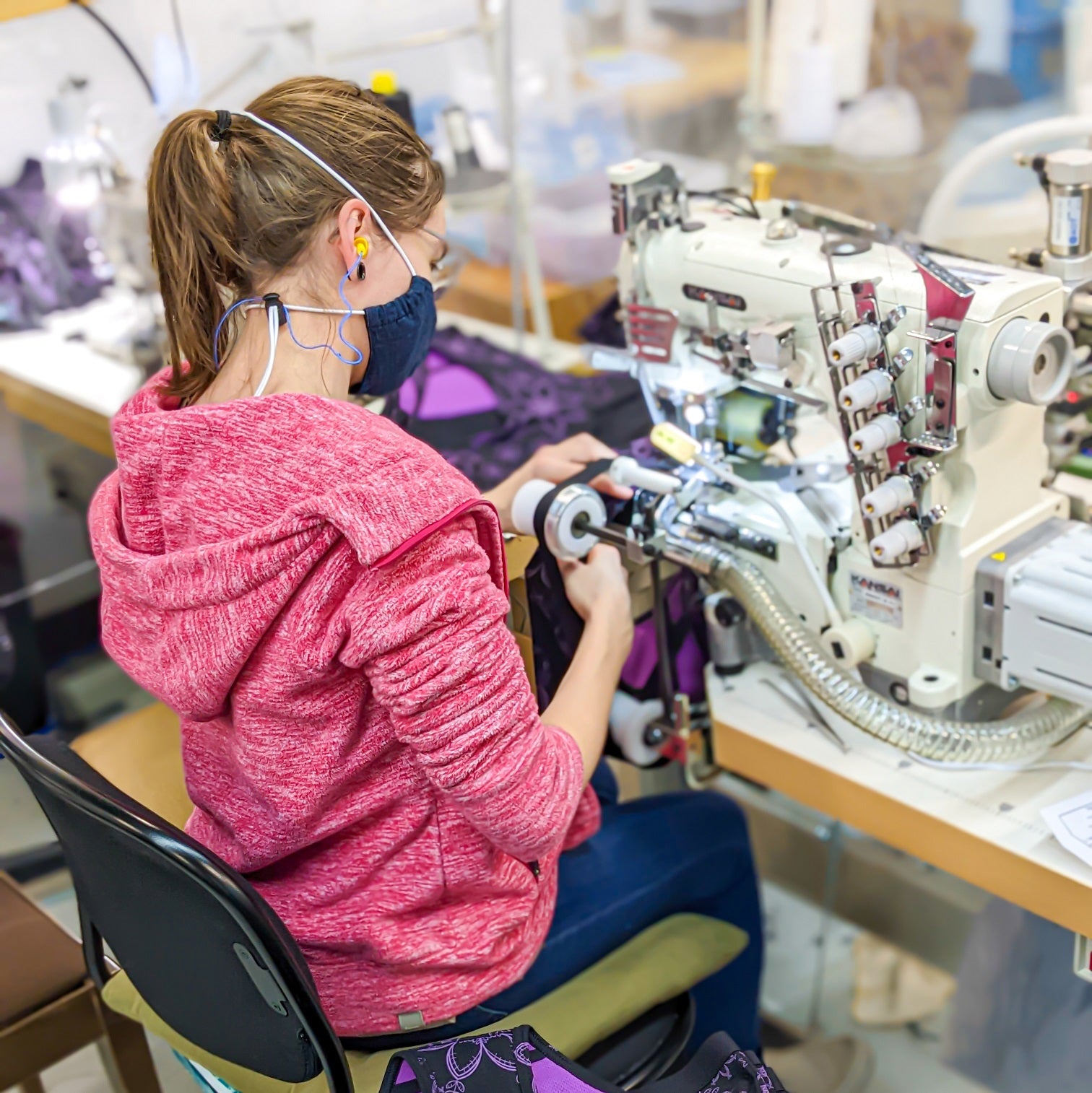
Q. What textiles are used to make Öko créations products?
A. Our choice of textiles is the fruit of research and experimentation. We look for textiles that have the least impact on the planet and our health, that are of the highest quality and, of course, that you'll love! That's why we're constantly on the lookout for new sources of supply.
Our research has led us to choose the following textiles: hemp, organic cotton and recycled polyester. These are low-pollution fibers.
The choice of hemp is described in detail in the next question, but it should be noted that since it can grow in our Canadian climate, we feel it is essential to promote its use.
We also use certified organic cotton only, bearing in mind that :
- Conventional cotton represents 2.4% of cultivated areas, but 25% of insecticides used worldwide.
- Traditional cotton causes the poisoning of 1 million people and the death of 22,000 every year worldwide (mostly workers).
- Conventional cotton is the world's 3rd largest consumer of irrigation water after rice and wheat, and ahead of fruit and vegetables, in a context of growing water scarcity. Organic cotton requires less water than conventional cotton, but is still more water-intensive than hemp, for example.
- Child labor is often used in the cultivation of traditional cotton.
- Conventional cotton fibers undergo multiple chemical "finishing" treatments.
Sources:
Équiterre; Guide du vêtement responsable, 2009 / Environmental assesment of textiles, danish ministery, 2007 / Goldminc, Myriam and Aubert, Claude; Vêtement, la fibre écologique, Terre Vivante, 2001 / Cotton and the environment, organic trade association / Protégez-vous in partnership with ethiquette.ca; Guide acheter vert, 2008.
Q. Why is hemp environmentally friendly?
Find all the detail in here: https://okocreations.ca/en/blogs/flowering-in-every-season/using-hemp-for-cloth-pad-period-underwear
Q. Are Öko créations products certified organic or fair trade?
A. For the moment, Öko créations "finished" products are not certified organic. However, the textiles they are made from are. Most of these textiles are certified by GOTS (Global Organic Textile Standard) and come from different origins.
Our products are not Fair Trade certified either. However, they are all made in Canada, and the well-being of our employees is very important to us. They are well-paid, work in flexible, pleasant conditions and benefit from social advantages. Our premises are spacious and bright. The atmosphere is warm and welcoming.
Although not Fair Trade certified, our suppliers visit the places where the textiles they manufacture are made to check on workers' conditions. The fact that our textiles are organic, with no harmful chemicals added, is undoubtedly very beneficial to the health of our workers!
